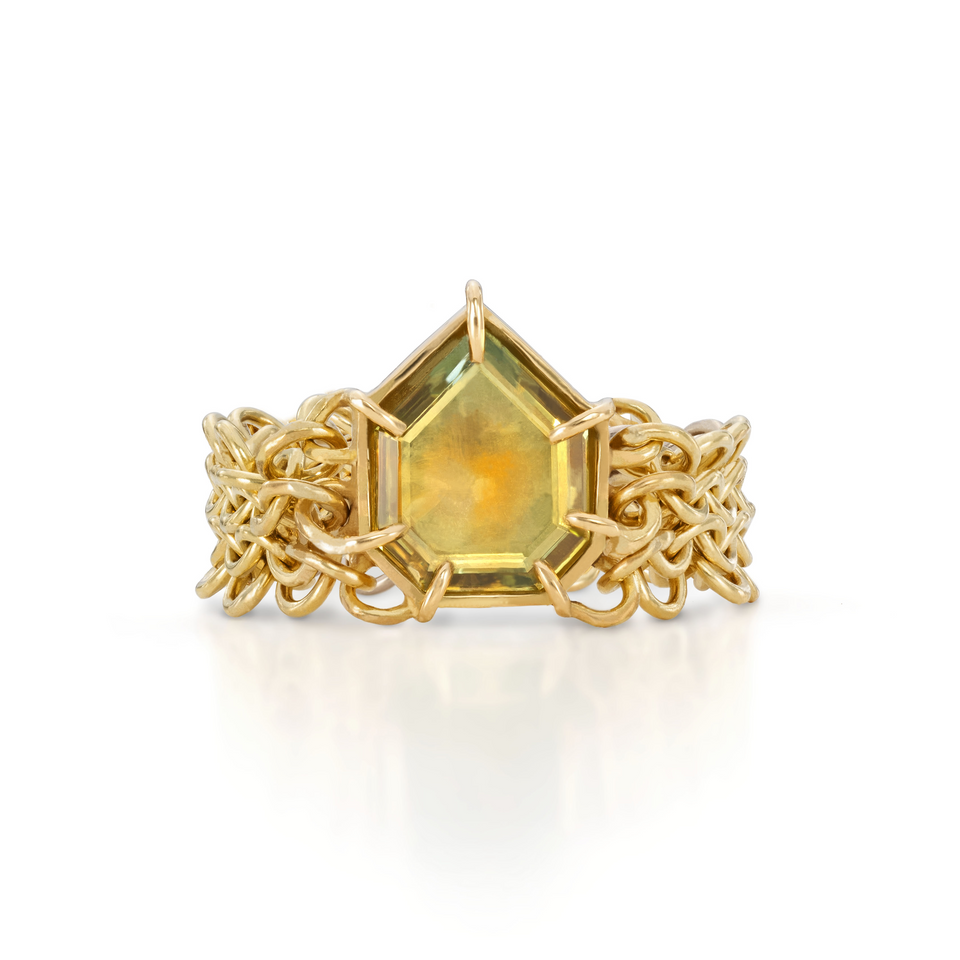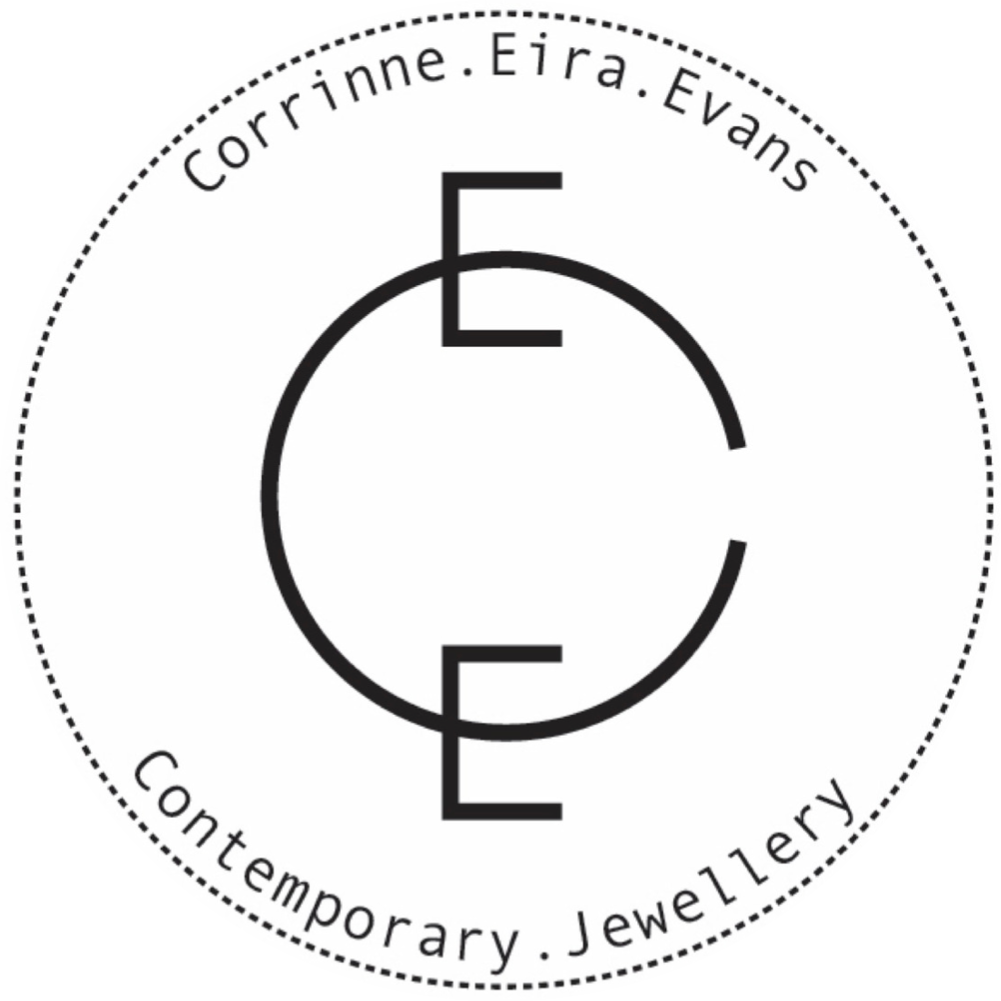History of Chainmail Jewellery
‘A flexible form of amor that can be crafted to fit the contours of most body parts. Chainmail can conform to the body to allow it some subtle movement in comparison with the rigid plate based amors.’
Christopher Jay Manders
Mostly thought to be Medieval, chain based amor is actually thought to have been Celtic invention. Early examples dating back several hundred years B.C.
Chainmail, also called ‘mail’ or ‘Maille’, was worn by European knights or military throughout the Medieval period. In the early stages, mail was constructed of individual iron rings sewn onto leather or fabric but improved later on with interlocking of rings and closing by riveting or welding together.
There are quite a few spelling variations in the history of chainmail jewellery for this particular art form, as this is a historic process and journey’s over many landscapes and periods. As a result, the linguistic spellings vary.
The common European spelling is ‘Chain mail’ or ‘Chainmail’ or even ‘Chain-mail’. When talking in regards to it’s process it becomes ‘Mail’ rather than the term for the finished piece being chainmail.
There’s also ‘Chainmaille’ or Chain Maille’ which has a French lineage, and again when speaking about the process rather than the finished item it becomes ‘Maille’.
There are however a couple of others too; ‘Ring Mail’ is thought to have originated from the Vikings and the lesser known ‘Mayle’ or ‘chainmayle’ or ‘Chain Mayle’, which is again European.
Chainmail is a beautiful technique used to create jewellery, as it flows so elegantly with the body form.


